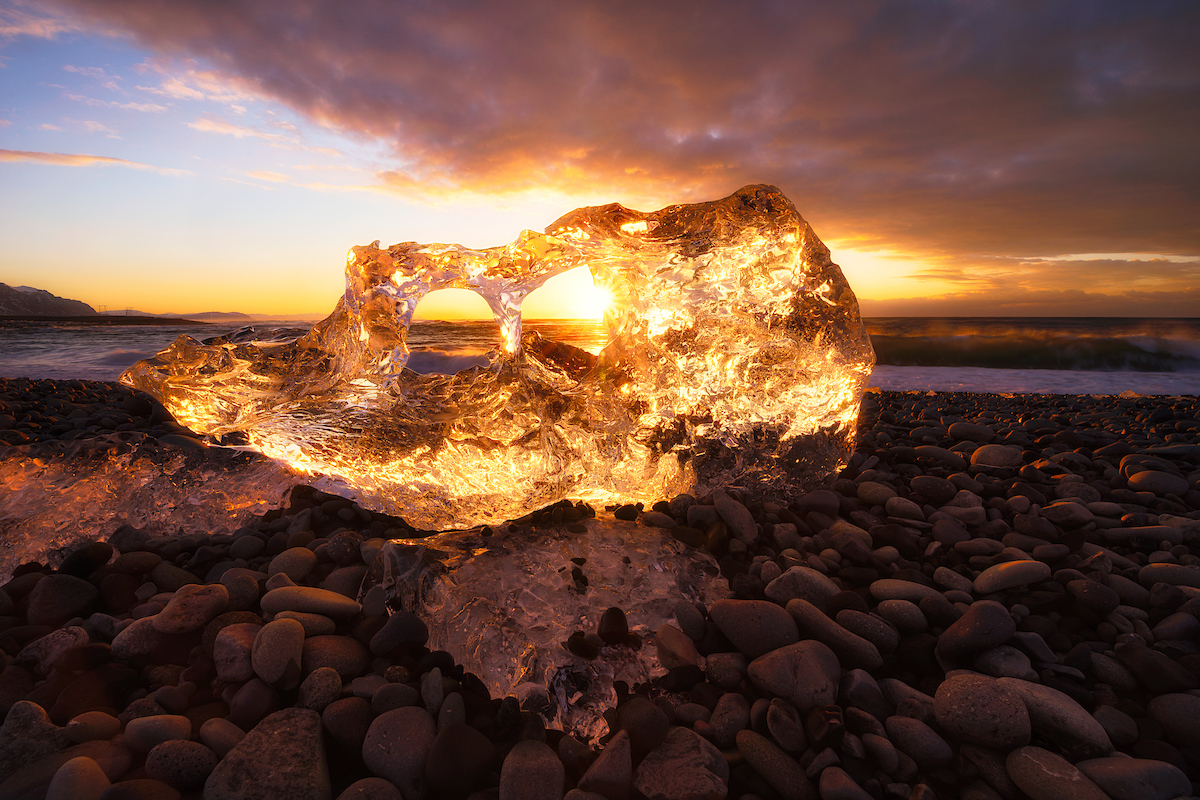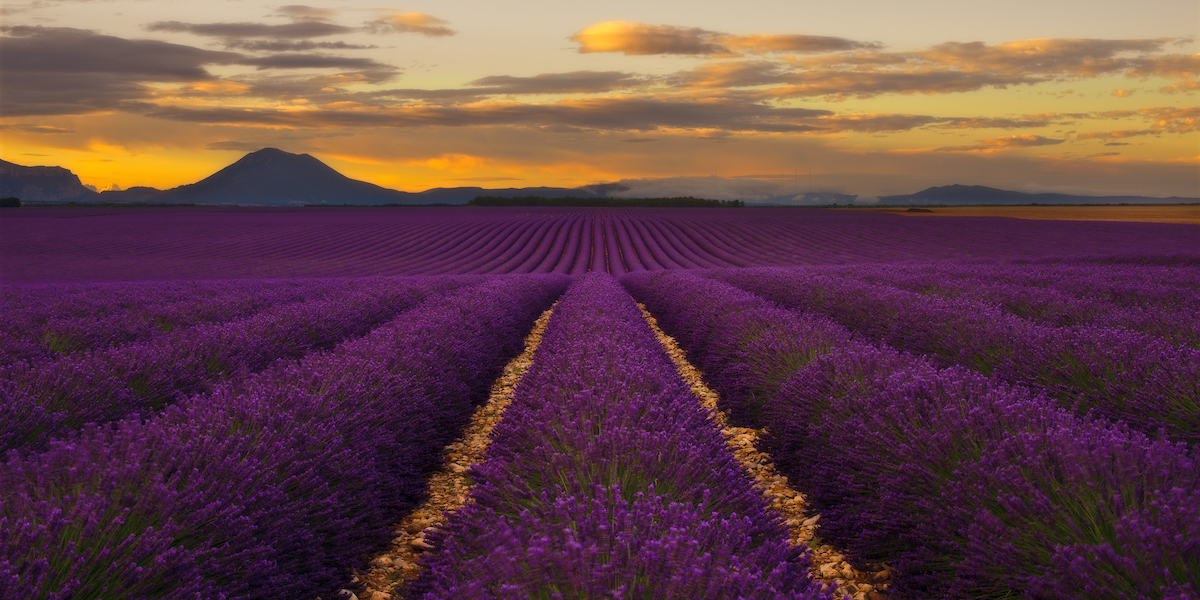The colorful coastline of the Cinque Terre in Italy, neon lights shining through the night in Singapore, and the rugged landscape of Iceland are just some of the landscapes photographer André Distel likes to paint with his camera.
Passionate about the outdoors and expressing its natural beauty to others, Distel bought his first DSLR at the age of 27, picking up every book that he could find on photo composition. Later, he would define it himself—a carefully composed image in a well researched location paired with the perfect balance between natural and digital processing.
Videos by VICE

“I try to reflect the scene and process my images according to what I experienced and saw,” he tells Creators. “As a photographer, I might have a totally different connection to a place than someone who just sees the image. A beautiful photo from a personal perspective is the photo that I like most.”
To get that result, Distel started exploring digital post-processing techniques, and his main tools today are Adobe Lightroom and Photoshop CC. “I have always been a bit of geek myself, and so the combination of computers and photography to create something was ideal,” he says. “I don’t add, replace, or delete anything from my images but often use creative techniques to put my images into the right mood.”

When on location with his Nikon D800, Distel usually has an idea of the kind of image he wants to capture. The use of digital tools afterwards allows for this creative process to continue, making adjustments to contrast, exposure, color saturation, and light in order to encapsulate the landscape he remembers experiencing.
He also employs luminosity masks—a technique in Photoshop that lets the user manipulate the tone of an image, made accessible by the likes of photographers Tony Kuyper and Sean Bagshaw.

A technique not well-known and overtly time-consuming, Distel thinks it’s one of the best ways for photographers to fine-tune images and discover their own personal style. He tends to use them on more complex images, “where global adjustments in Adobe Lightroom won’t help me to get the desired result,” he says.
“Although today’s digital cameras are becoming better and better, they are not able to truly reflect the scene,” he explains. “A good example is a sunset. It looks amazing in person and you can clearly see the foreground, background, and all the light in between, but when you point your camera at the scene, you will either have a properly exposed background and a dark foreground, or a properly exposed foreground and a blown-out background.”

To counteract this, luminosity masks target specific areas of an image and its light, dark. or any number of tone values, allowing the photographer to interpret light with flexibility. The adjustments that can be made are free of hard edges, giving a single photo a natural look, or else creating a full landscape scene by combining two images together.
“Taking, for example, two exposures of that beautiful sunset—one for the foreground and one for the background—and stitching those with luminosity masks helps to recreate the scene and extend the dynamic range of digital cameras closer to what the human eye can see in terms of luminance and color spectrum.”

Along with Bagshaw, Distel continues to help create instructional video tutorials for post-processing techniques with more expected to be released this summer. “There are great photographers out there that keep pushing the boundaries of post-processing to new levels, which is great to have it more and more accepted,” he says.

André Distel is a landscape photographer based in Bonn, Germany. See more of his work here.
Related:
Take a Deep Breath and Enjoy Peaceful Overhead Beach Photography
[Premiere] Get Lost in British Landscapes in This Serene Music Video
Life Is But a Dream in Maria Louceiro’s Hazy, Nostalgic Photos




